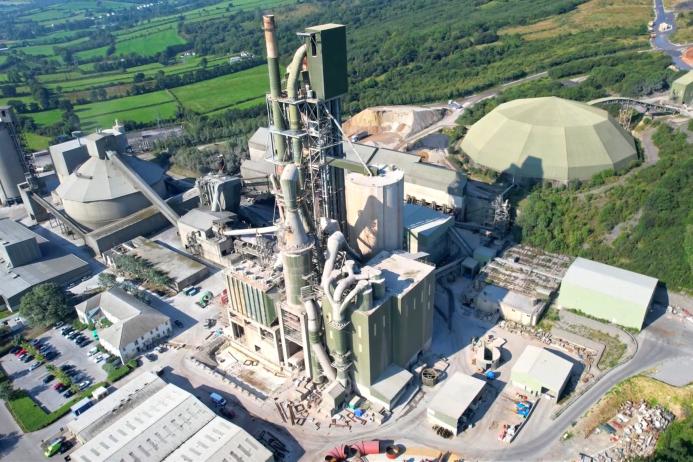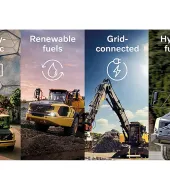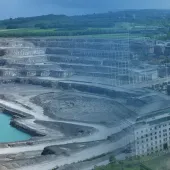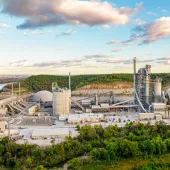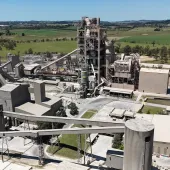Mannok Cement announce massive energy saving
59 million kWh energy saving equivalent to annual electrical energy usage of 14,047 Irish households
MANNOK have revealed that since 2017 they have saved 59 million kWh of energy at their cement manufacturing facility. This has been achieved through multi-million-euro investment in energy saving projects while adhering to and retaining the energy management standard, ISO 50001. This massive saving is equivalent to the annual electrical energy usage of 14,047 Irish households, each consuming 4,200kWh of electricity annually.
The company began its journey of improving energy efficiency in 2017 while preparing for ISO 50001 Energy Management Standard, which it achieved a year later. To continually reduce its energy consumption and improve efficiency, the company is measuring all significant energy users across the cement plant and digitally displaying all data via energy-management software to provide an understanding of energy consumption levels throughout the 35ha manufacturing site.
This understanding of energy consumption has allowed the company’s cement energy management team, which consists of Damian Owens as energy co-ordinator, as well as highly skilled engineers and process, production, and maintenance managers, to have an effective annual energy strategy in place to continue improving energy efficiency and maintain the ISO 50001 standards.
Explaining how all data is now visually displayed to provide an understanding of energy consumption levels throughout the manufacturing site, Mr Owens said: ‘All data is synced to the energy-management software, providing a holistic view of our energy consumption levels. This visibility is crucial for our missions to reduce energy usage, identify issues, and drive process improvement.’
By sticking to their strategy, Mannok were able to exceed their target in 2022 with almost 8 million kWh of energy saved through nine key thermal and electrical energy improvement projects. These included repairing false air leaks in key areas, optimizing raw materials, and investing in technology upgrades.
Mannok say these projects have clearly demonstrated the value of good operational control and maintenance, along with as consistent control of raw materials, in delivering a significant proportion of the cement plant’s energy savings.
But the company is not about to rest on its laurels, as there are further key energy saving projects planned in the near future at the cement plant. One of the upcoming projects is a new satellite burner which will introduce more solid recovered fuel (SRF) to the kiln and enable a further 25% of coal substitution. This project will be followed by the installation of a Jetflex burner, which will allow Mannok to use hydrogen, oxygen, or biogas, increasing throughput of SRF to 65% while significantly reducing coal usage.
Other initiatives include upgrading the remaining grate cooler fans, which has the potential to save over 800,000kWh of energy, and investment in a new cement dryer which has the potential to save 60,000kWh of energy and improve process control and air quality.
Another key project in the pipeline is a waste heat recovery initiative which will displace 5–6MW of grid electricity, while a further investment of around £5 million will be made in 2024 in the refurbishment of the cooler, which is also expected to dramatically improve energy efficiency.
Mannok say it is an exciting time at the cement plant, and that in recognizing the climate crisis, the company is proving its commitment to manufacturing cement more sustainably by maintaining the ISO 50001 standard and aligning its improvements in energy efficiency with the targets set out in the Mannok 2030 Vision, the company’s sustainability strategy which roadmaps the progress the company will make towards a carbon-zero future over the next seven years, while paving the way for net-zero emissions by no later than 2050.

